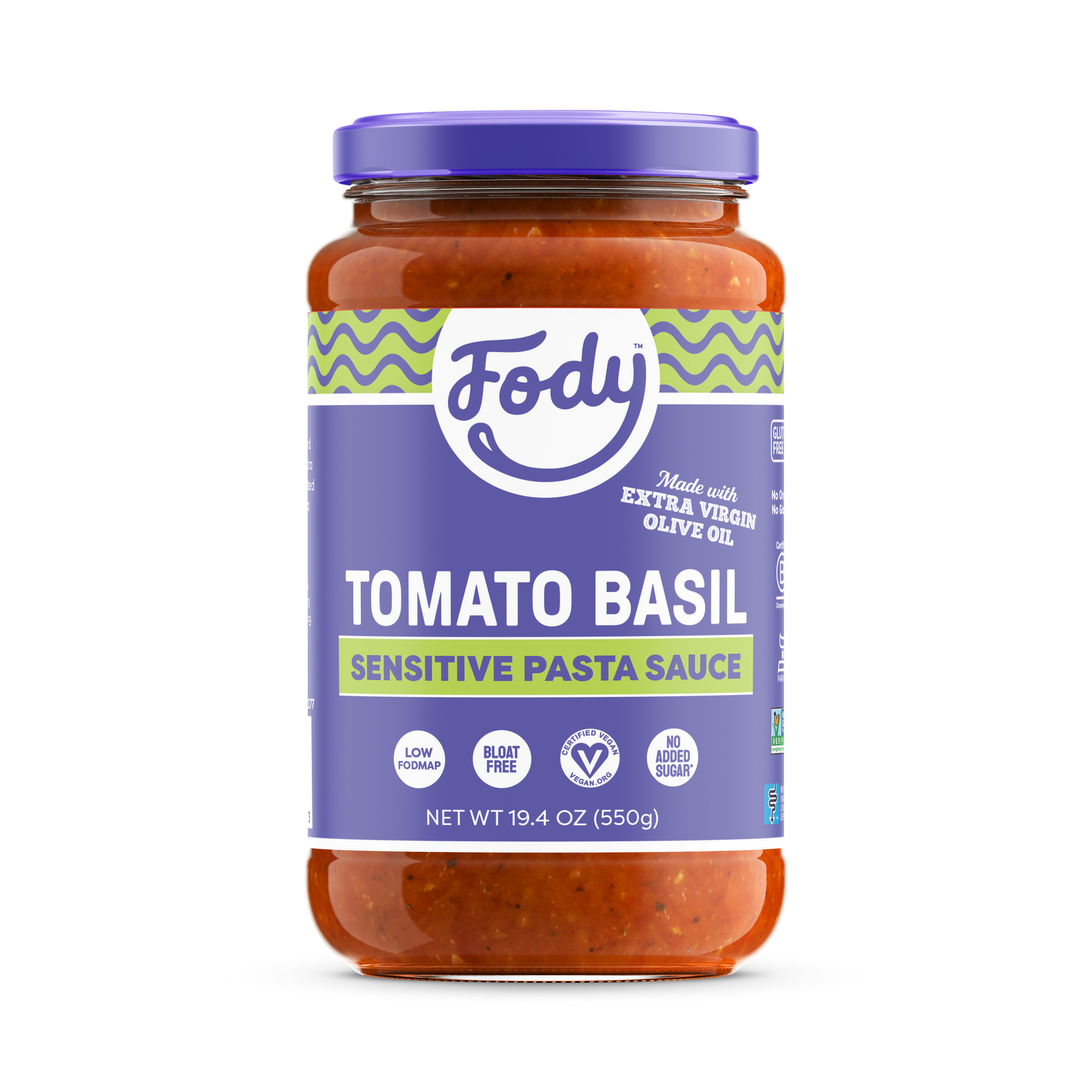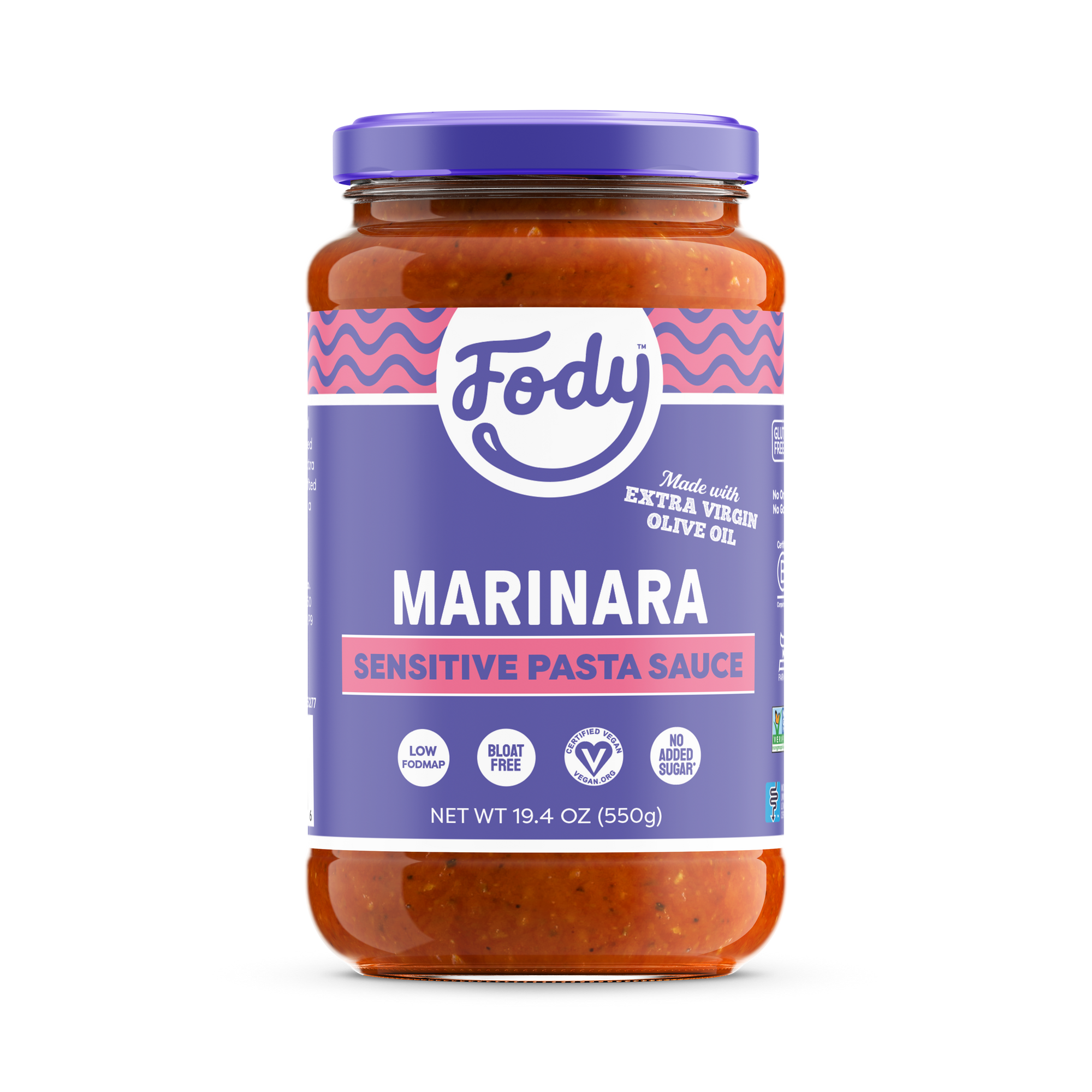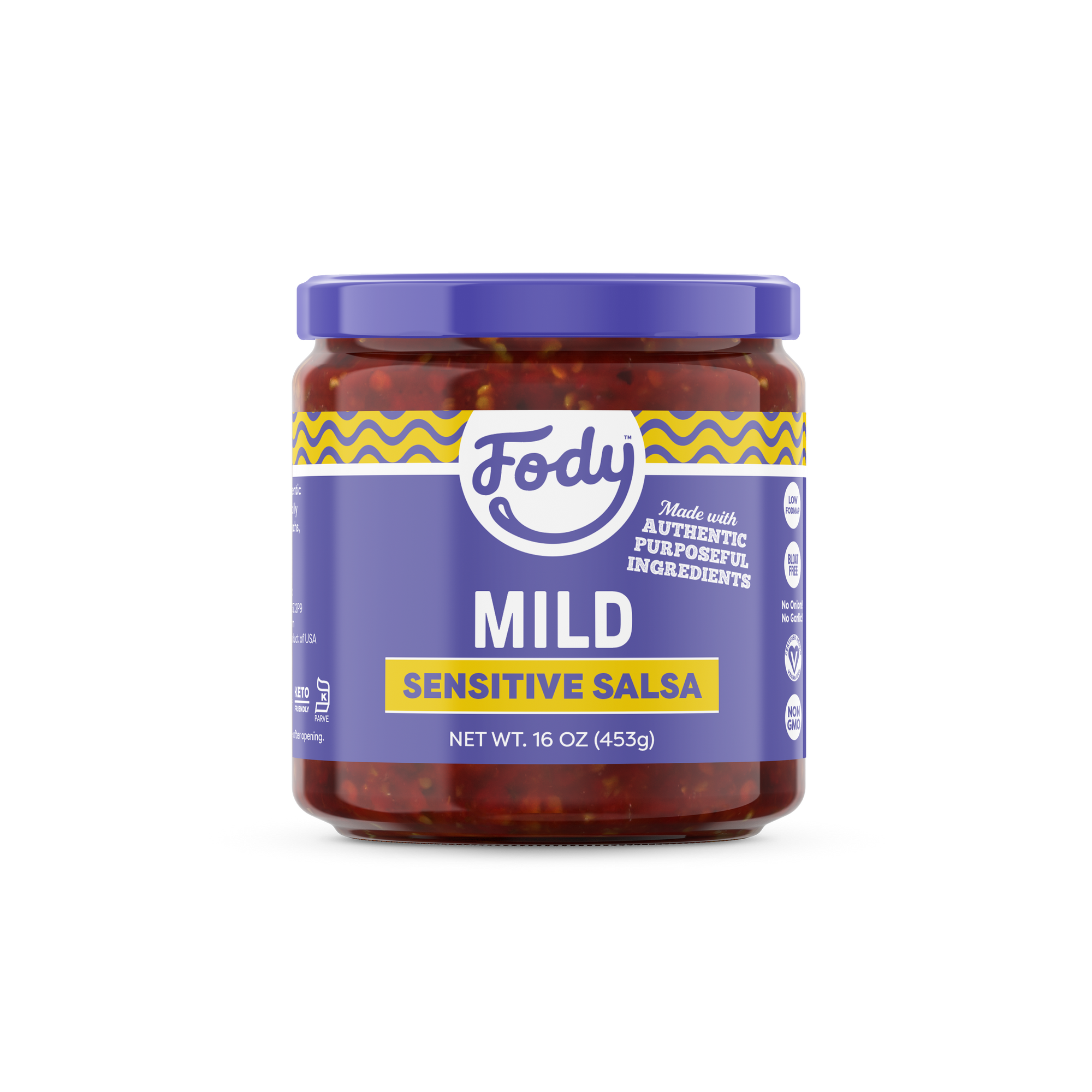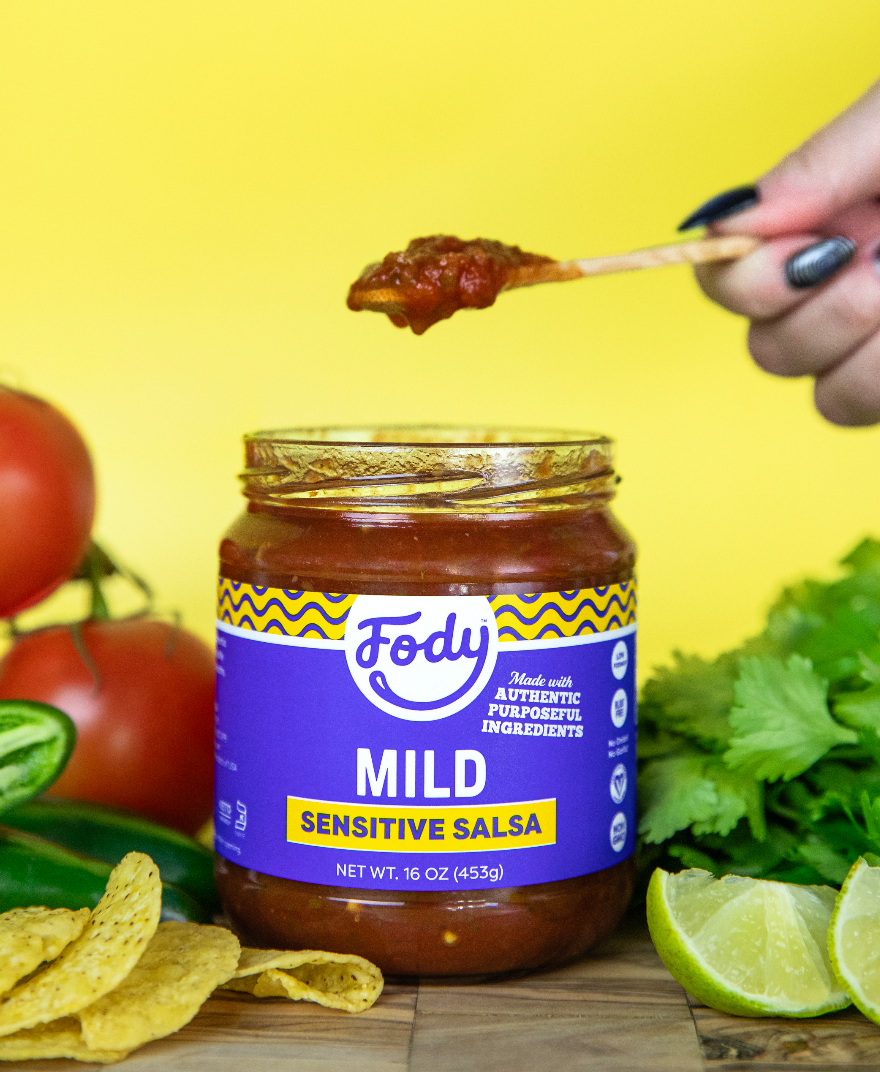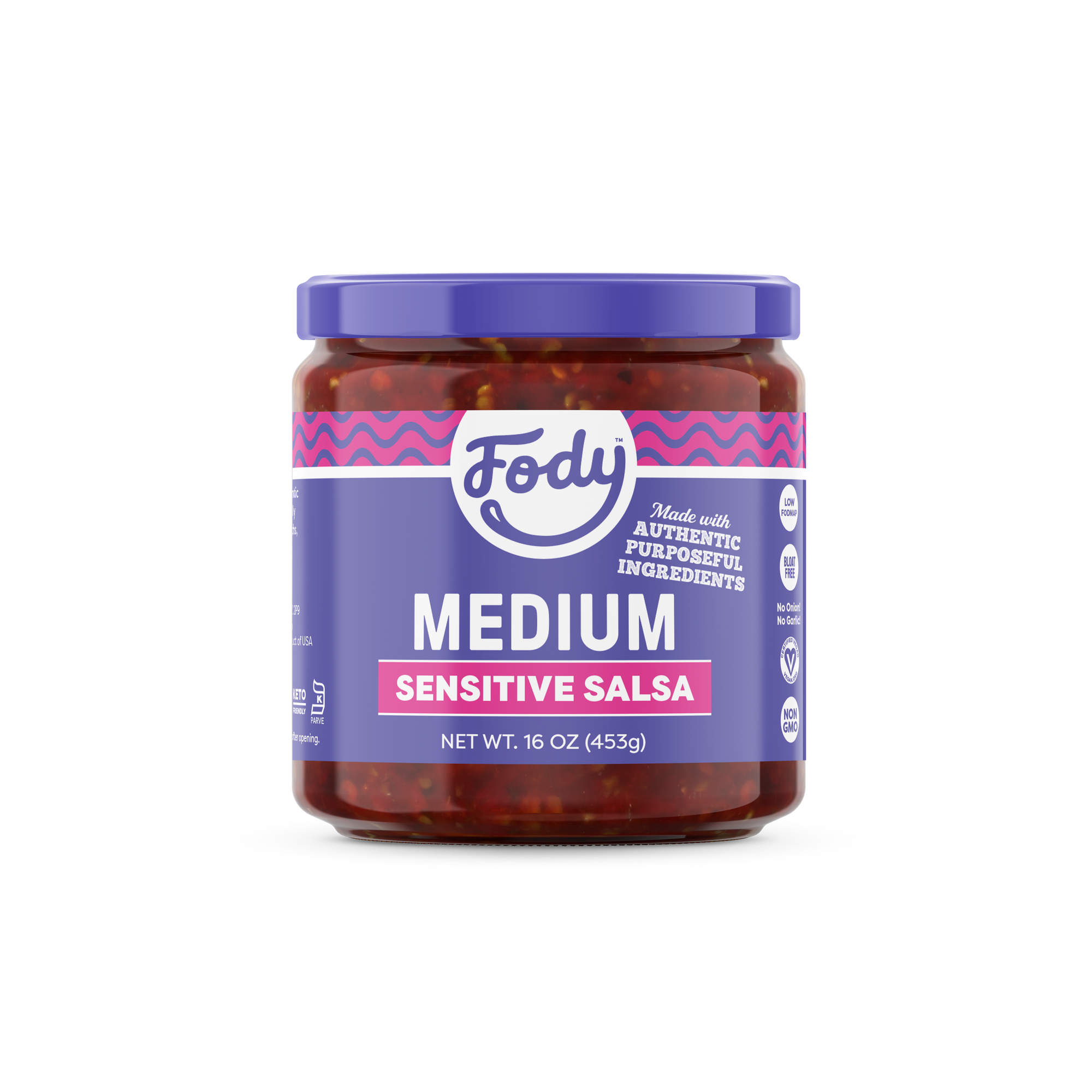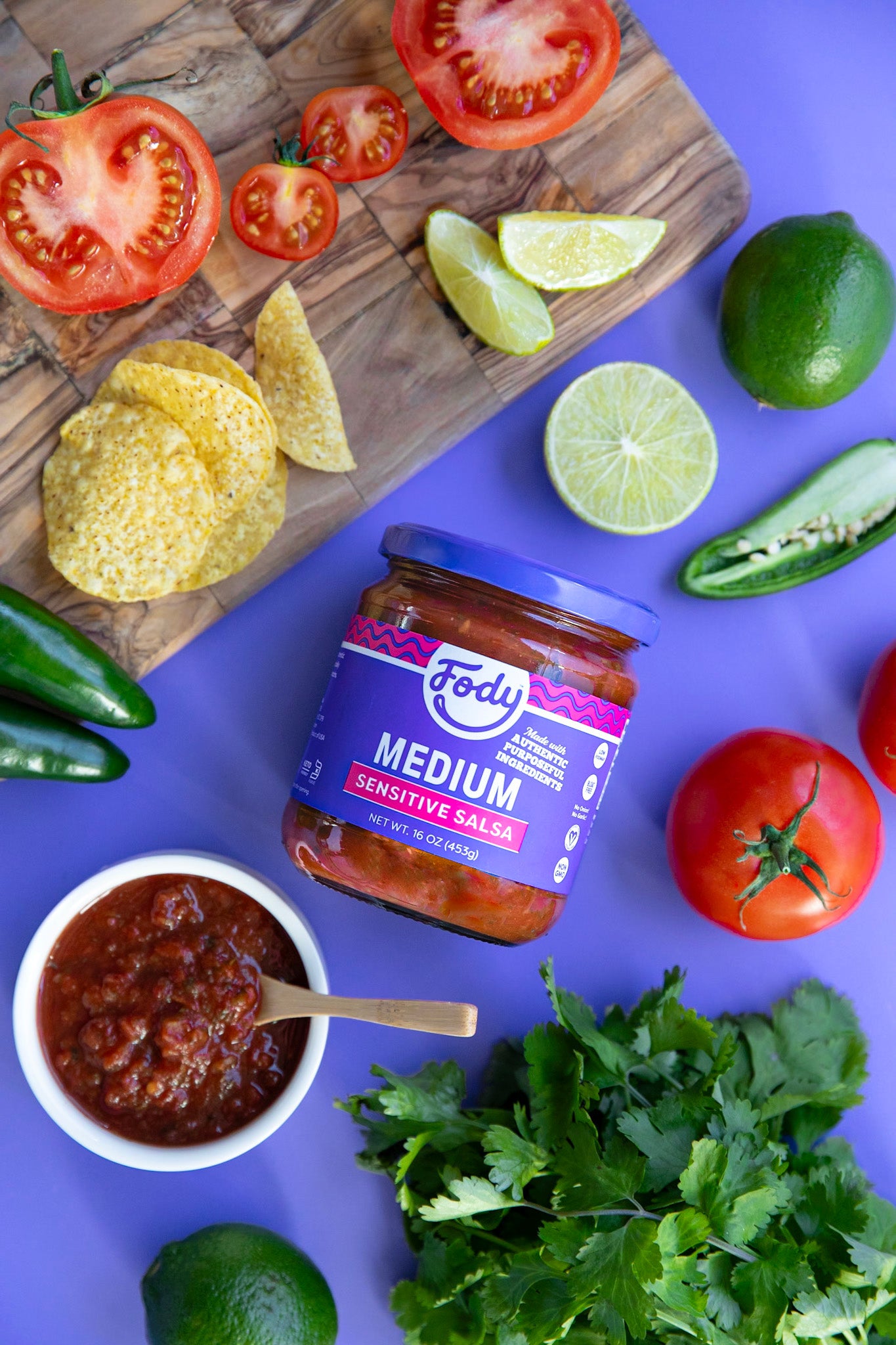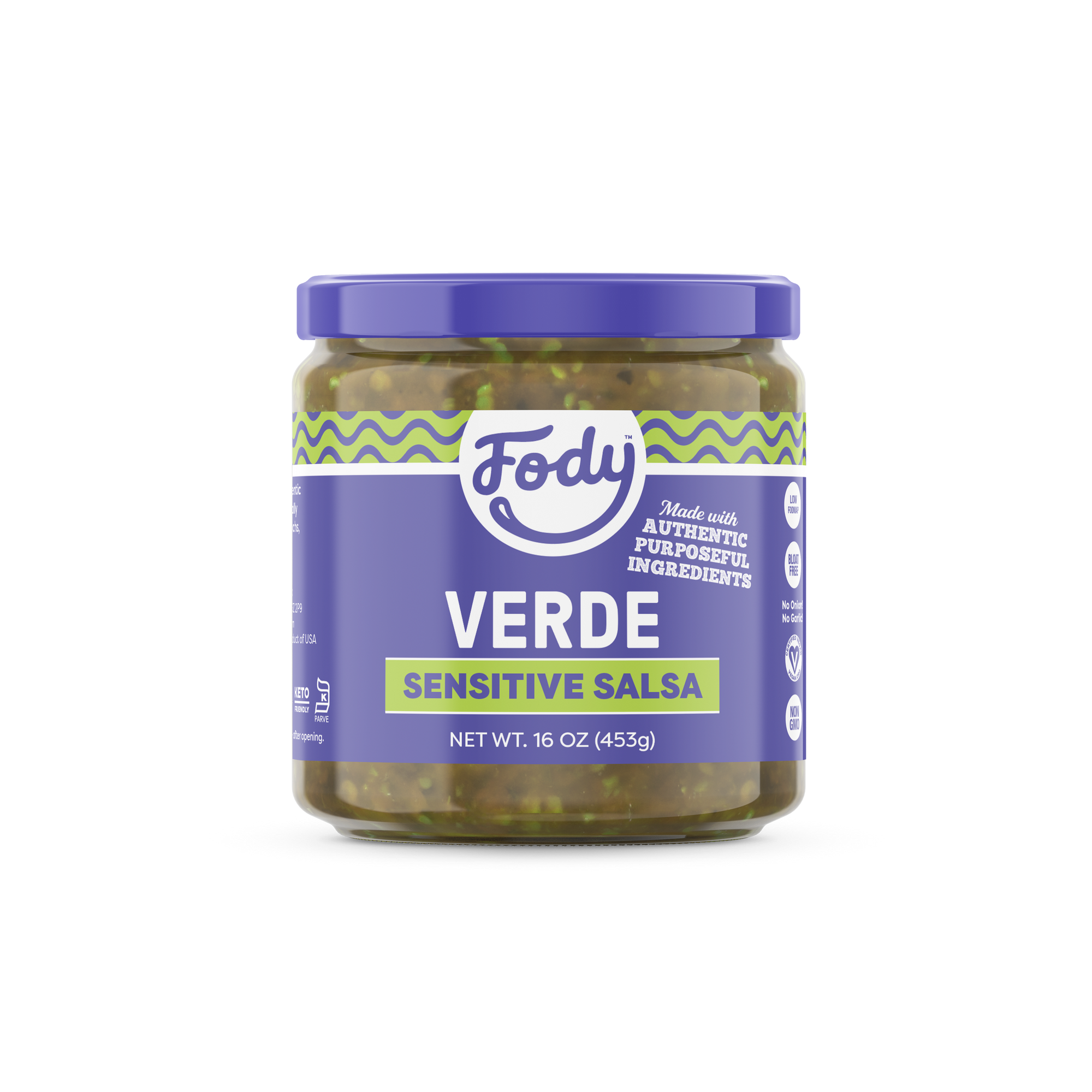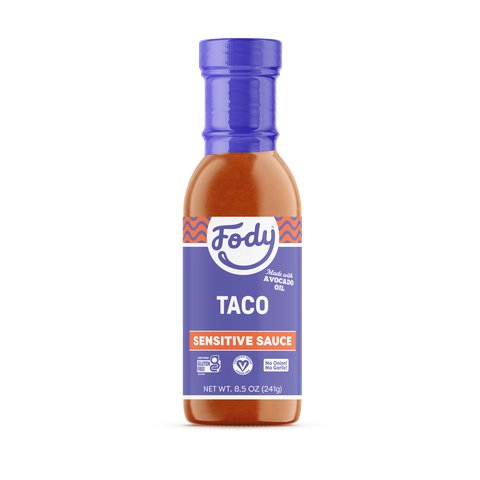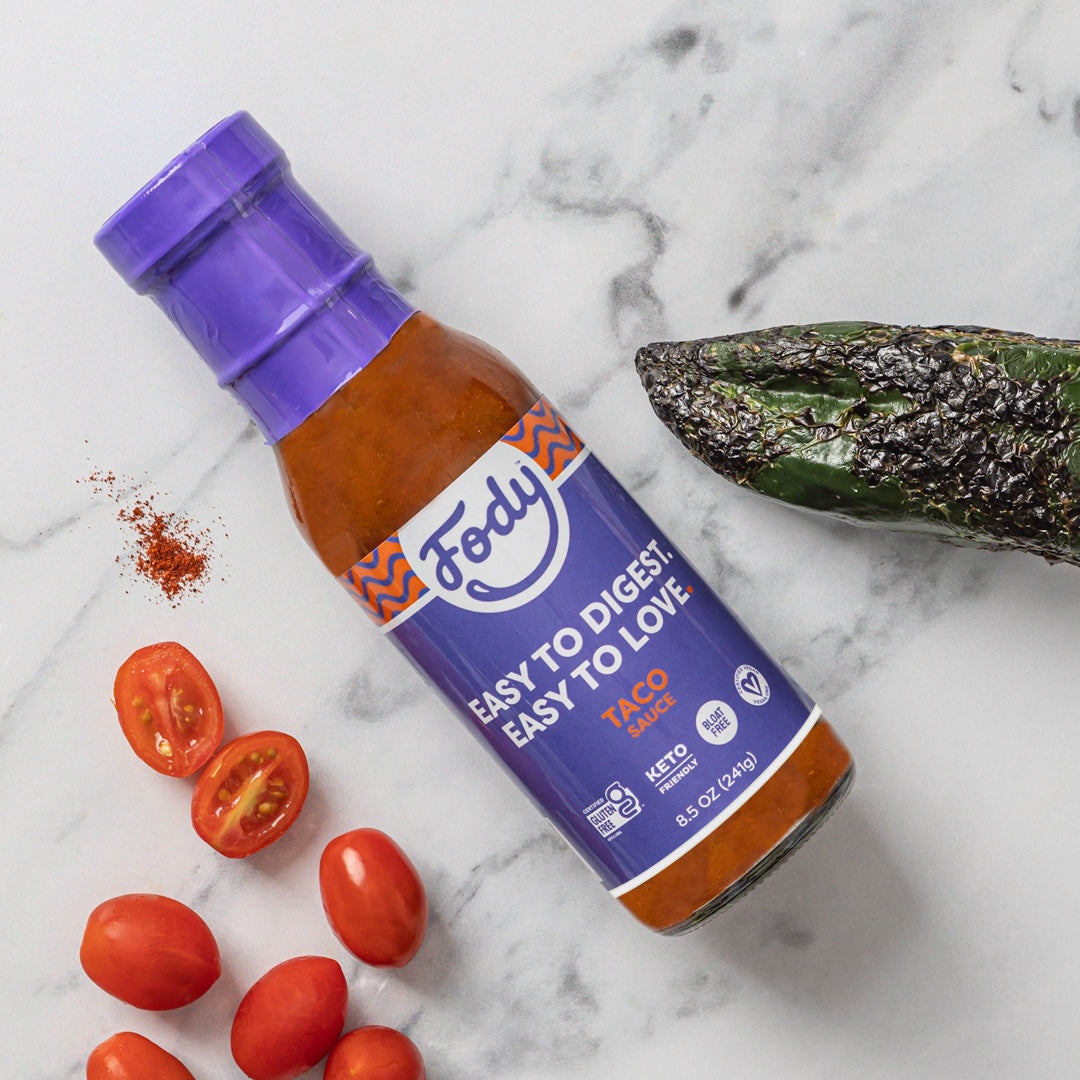

A Healthy Poop is a Healthy Person: What Your BMs Might Be Saying About You
You are what you eat, you poop what you eat, therefore you are what you poop, right?
If we’ve learned anything from our 2019 Consumer Insights Survey, it’s that everybody poops, and that most people want to talk about it too.
If you’re an IBS-sufferer, healthy bowel movements are almost cause for celebration every time. Whether you’re IBS-D (Diarrhea), IBS-C (Constipation), or IBS-M (Mixed), one of the key symptoms of irritable bowel syndrome is unhealthy poop.
Let us break that down…
What Does Healthy Poop Look Like?
Texture & Shape
A group of doctors at the Bristol Royal Infirmary in England ran a study on 2,000 patients and put together a healthy poop chart that narrowed bowel movements (BMs) down to 7 textures that help people understand what their issues might be when it comes to poo. Lucky for us, we get to benefit from the results, without having to think about how those doctors collected “samples.”

Image courtesy the Continence Foundation of Australia.
The findings were as follows:
Type 1
Hard, separate lumps that are hard and painful to pass. This type of stool might leave you lingering on the toilet for quite some time, too. If you notice that your poop looks like this for a couple of weeks, it could be worth paying your family doctor a visit to check things out.
Type 2
Sausage-like and lumpy. Although not as serious as type 1 poop, this poop profile is still indicative of slight constipation. This could be because of dehydration or poor diet, but can also mean you’re lacking fiber in your diet.
Type 3
Sausage-like with cracks on the surface. According to doctors, this is one of the two categories of healthy poop, texturally. Keep doing what you’re doing if your BMs look like this.
Type 4
A smooth sausage or snake that’s easy to pass. Out of all the 7 types, type 4 is the winner. If you’re experiencing a bathroom trip like this every 1 to 3 days, that’s already a good sign about what’s going on in your body.
Type 5
Soft blobs with clear-cut edges. Type 5 poop is easy to pass, almost too easy. While type 5 does border on diarrhea, there isn’t too much to worry about here. If all goes well, your symptoms should be passing within a few days’ time.
Type 6
Mushy, lumpy poop with ragged edges can be an indication of intestinal inflammation. More than 3 of these a day would already qualify as diarrhea and is something to watch out for.
Type 7
Liquid consistency with no solid pieces. On the other end of the chart from type 1, type 7 is never a good sign. Healthy poop should always have some solid in its consistency. If you’re experiencing type 7 poops for a few days, a visit to the doctor is definitely in order.
Now that you’ve analyzed your poop’s texture, it’s time to give the color some thought.
Color
Just like texture and shape, the color of your poop can tell you a lot about how you’re doing internally. Don’t be alarmed if your BMs take on a tint from time to time; the culprit could just be pigmented food you ate that day, but if you start to see odd colors in your toilet bowl consistently, it may be time for a professional to step in.
Brown
If you thought this was the only color poop can be, that’s not the case. It is, however, a good sign. Any shade of brown within your toilet bowl is considered normal by medical professionals.
Green
Green isn’t always a bad thing. It could mean your diet is heavy in leafy greens like spinach and kale - and nobody can knock you for eating those! On the other hand, green could be the sign of a lack of bile in your system. If your poop moves too quickly through your intestines, this discoloration could occur.
Black
Iron supplements, activated charcoal pills, or black licorice (yuck) could be the culprits. Otherwise, it could be gastrointestinal bleeding – a definite cause for concern.
Red
Small amounts of blood in the stool could mean hemorrhoids or gastrointestinal bleeding. There is a list of other health issues that cause you to poop red, but either way it’s best to talk to someone with medical know-how and get to the bottom of the problem.
Red pigmentation isn’t always blood, however. Sometimes it’s as simple as eating too many beets, red berries, or other highly-pigmented red foods.
White
Pale white, grey or clay-colored stools are also related to a lack of bile. White poops suggest liver or gallbladder problems that are making themselves known to you through your poo.
Orange
Have you been feasting on carrots and sweet potatoes lately? They’re probably just coming out from the other end. Orange poop that’s cause for concern is actually related to blocked bile ducts and certain medications and antibiotics.
Yellow
When your body has issues with absorption or difficulty producing enzymes, your poop can look yellow, but it’s actually pockets of fat that have been collecting along the way.
The topic of poop in relation to your health is never ending. There’s a lot to know, but it’s probably best we pass the baton on to the medical pros at this point. Sources such as Medical News Today and WebMD will cover all you need to know after you “go.”
If you’re consistently suffering from unhealthy poops and other IBS symptoms, it could be time to make a switch over to the low FODMAP diet. Learn more about FODMAPs and low FODMAP products by heading to fodyfoods.com!





